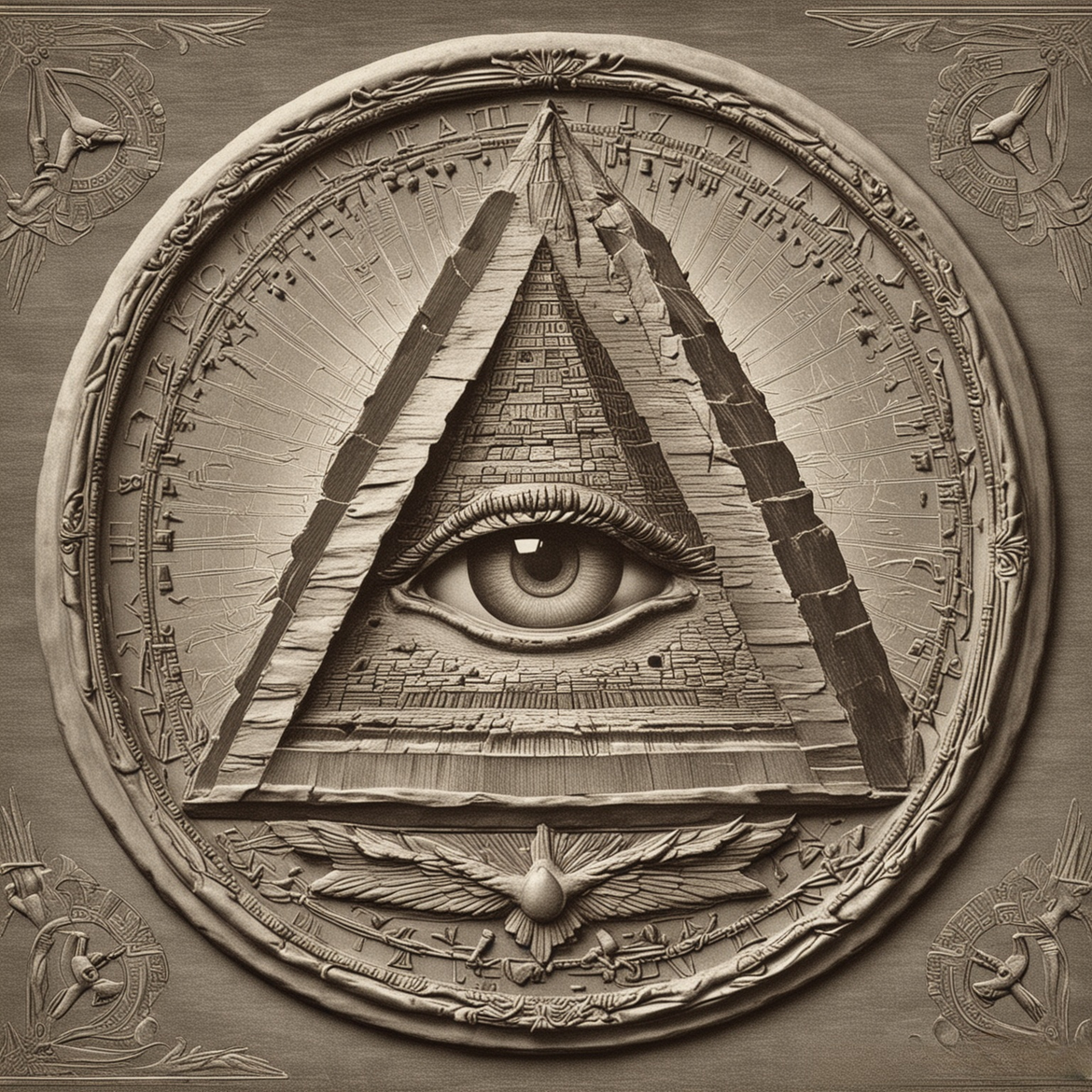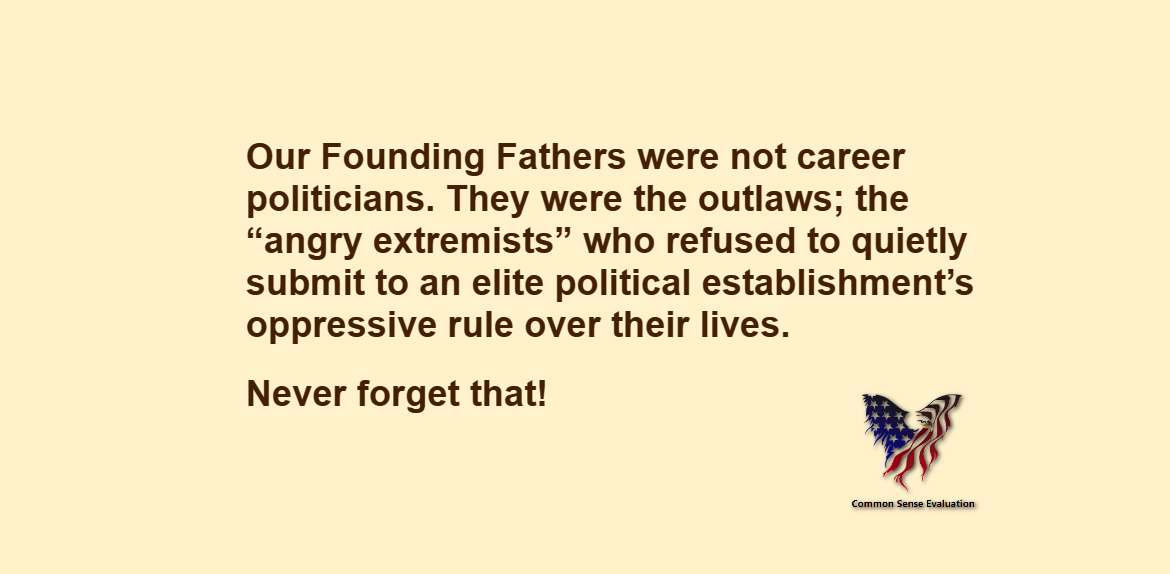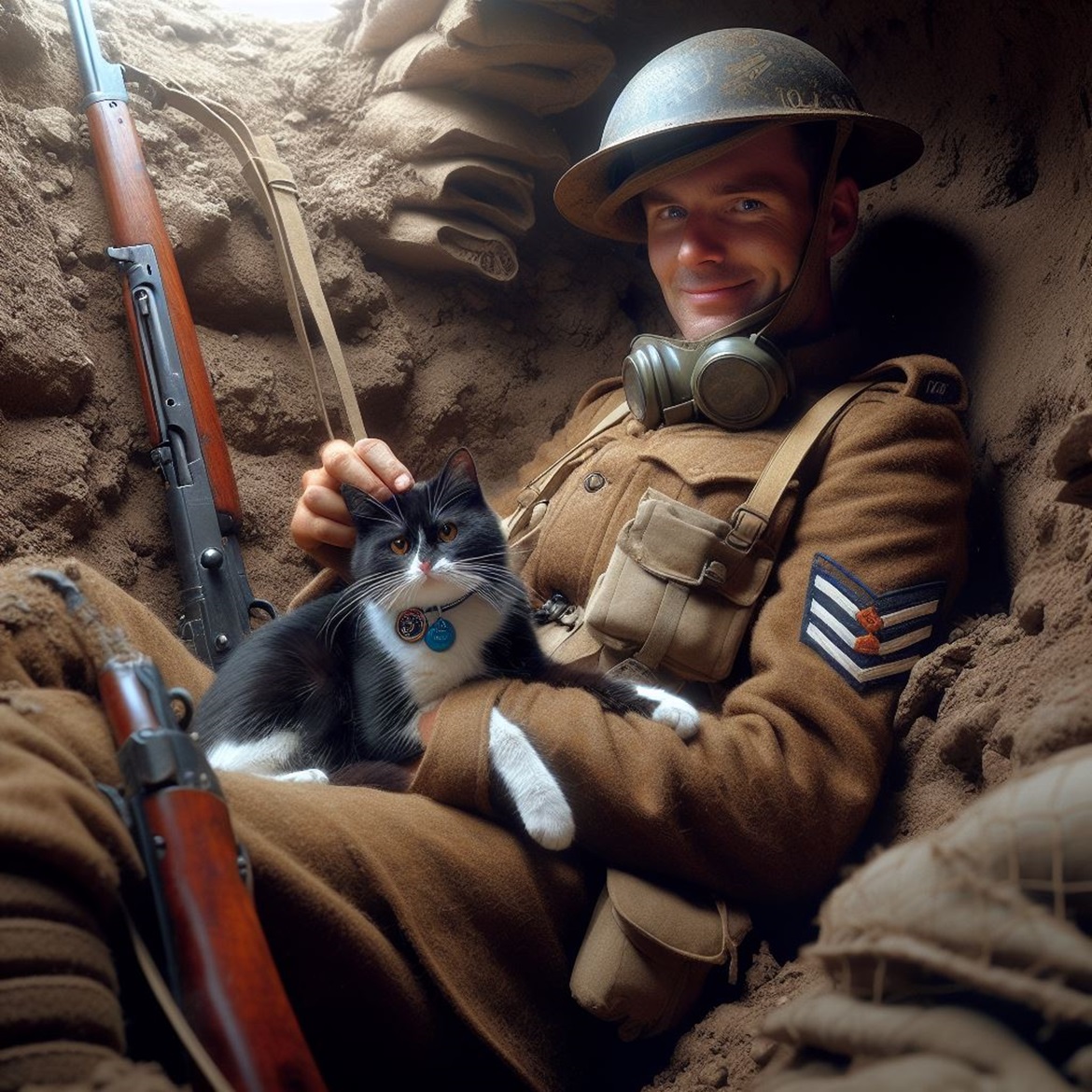Ever glanced at a US dollar bill and noticed there’s an Egyptian pyramid on it? Yes, that mystic symbol right on the back of the one-dollar note. Ever wonder what it’s doing there? Let’s probe into this intriguing symbol and unravel why an ancient Egyptian pyramid has secured a spot on one of the most widely used currencies in the world.
The Symbolism Behind the Design
To start, the pyramid isn’t just any pyramid—it’s an emblem of strength and durability. The founding fathers of the United States were big on symbolism. They wanted the new country to be seen as strong, lasting, and resilient, much like the pyramids, which have stood the test of time for thousands of years. But it’s not just about the pyramid itself; it’s about what it represents on the dollar bill.
The Great Seal
This pyramid is actually a part of the Great Seal of the United States. Yes, there’s more to it than the pyramid. There’s also an eye within a triangle atop the pyramid, known as the Eye of Providence, which symbolizes divine guidance, suggesting that the new nation was under the watchful eye of a higher power. The incomplete nature of the pyramid (it’s missing its top) is especially telling, signifying that the United States was still a work in progress at the time of the seal’s design. It reflects the idea that the country was still growing and evolving.
A Closer Look at the Elements
Breaking it down, every element of this symbol on the dollar bill has meaning. The pyramid itself is made of 13 layers of stones, which represent the original 13 colonies. The year 1776 in Roman numerals is at the base of the pyramid, marking the Declaration of Independence and the birth of the nation.
Around the pyramid, there are Latin phrases. “Annuit Coeptis” means “Providence has favored our undertakings,” and “Novus Ordo Seclorum” translates to “New Order of the Ages.” These phrases encapsulate the optimism and vision of the founding fathers for the new nation they were building.
The Choice of an Egyptian Pyramid
But why specifically an Egyptian pyramid, beyond its symbolism of strength and endurance? The answer lies in the fascination with ancient civilizations during the 18th century, particularly among the educated elite. Many of America’s founding fathers were well-read and deeply influenced by history and philosophy. They saw in Ancient Egypt a civilization that had achieved greatness in governance, architecture, and knowledge, which they aspired to emulate in the budding United States. The pyramid, an enduring marvel of ancient engineering, was the perfect symbol for their aspirations of building a lasting legacy.
A Message for the Ages
Interestingly, this symbol on the dollar bill carries a message not just about the past and the founding ideals of the United States, but also about the future. The incomplete pyramid, the ever-watchful eye—it all suggests an ongoing journey toward perfection, guiding the nation’s path forward.
In a way, the dollar bill serves as a mini-history lesson, a reminder of where the United States came from and where it aspires to go. It’s a call to its citizens to continue the work of building a society that lives up to the lofty ideals at its foundation—liberty, democracy, and the pursuit of happiness.
Why It Matters Today
These days, in a world of digital transactions and cryptocurrencies, the physical dollar bill might seem a bit old-fashioned. But these symbols, etched in ink and paper, carry the weight of history and the promise of the future. They’re a testament to the founding fathers’ vision of a nation under guidance, constantly striving to better itself.
The next time you hold a dollar bill, take a moment to appreciate the pyramid and its layers of meaning. It’s not just currency; it’s a piece of American identity, a blend of ancient wisdom and new world aspirations. It serves as a reminder that the principles of strength, resilience, and divine providence are timeless, guiding the nation through past challenges and lighting the way forward.
Final Thoughts
So, the Egyptian pyramid on the US dollar bill is much more than an artistic choice. It’s a deeply symbolic element that reflects the founding ideals of the United States—strength, endurance, and divine guidance. It stands as a tribute to the nation’s past, a representation of its present, and a beacon for its future. In this little symbol lies the heart of American history and the spirit of its people, enduring through the ages, just like the pyramids on the banks of the Nile.





